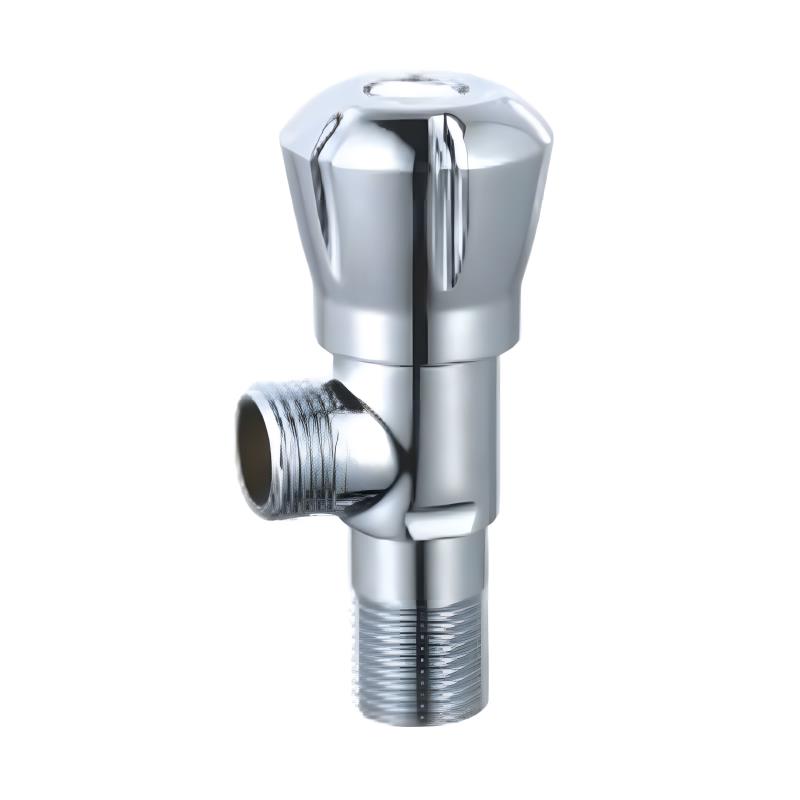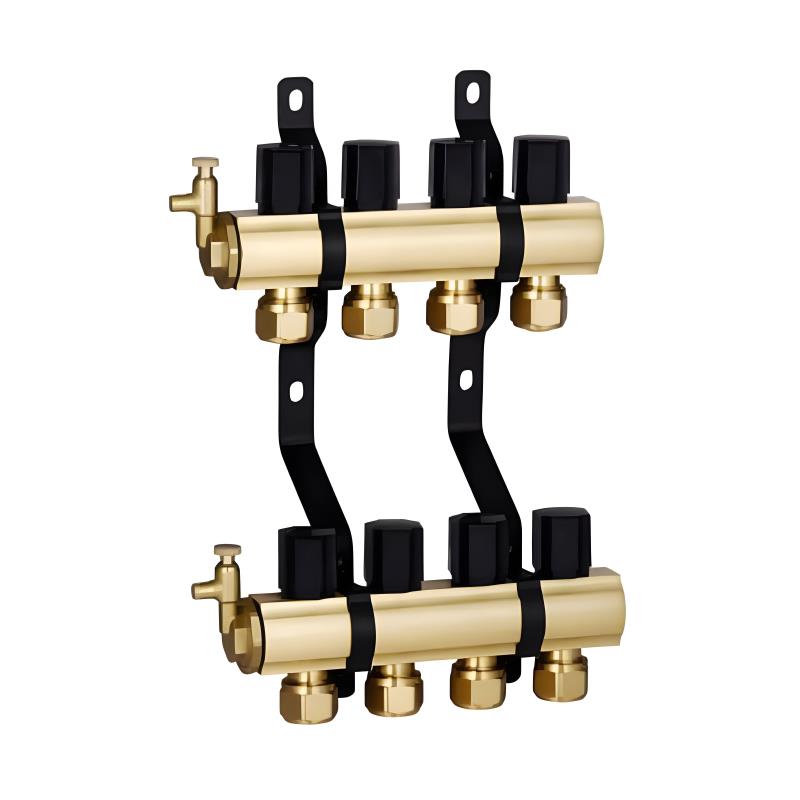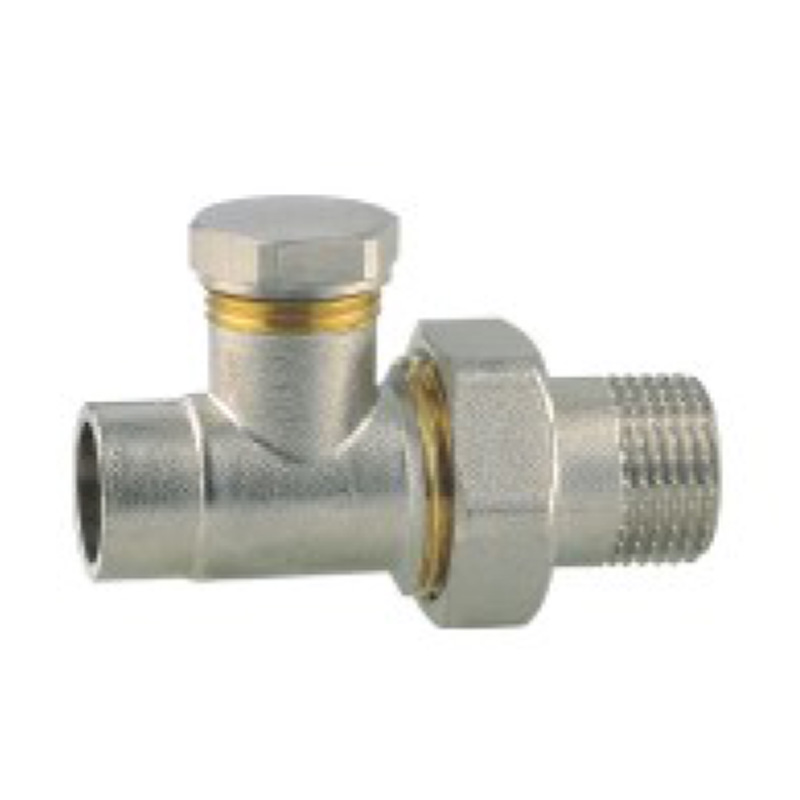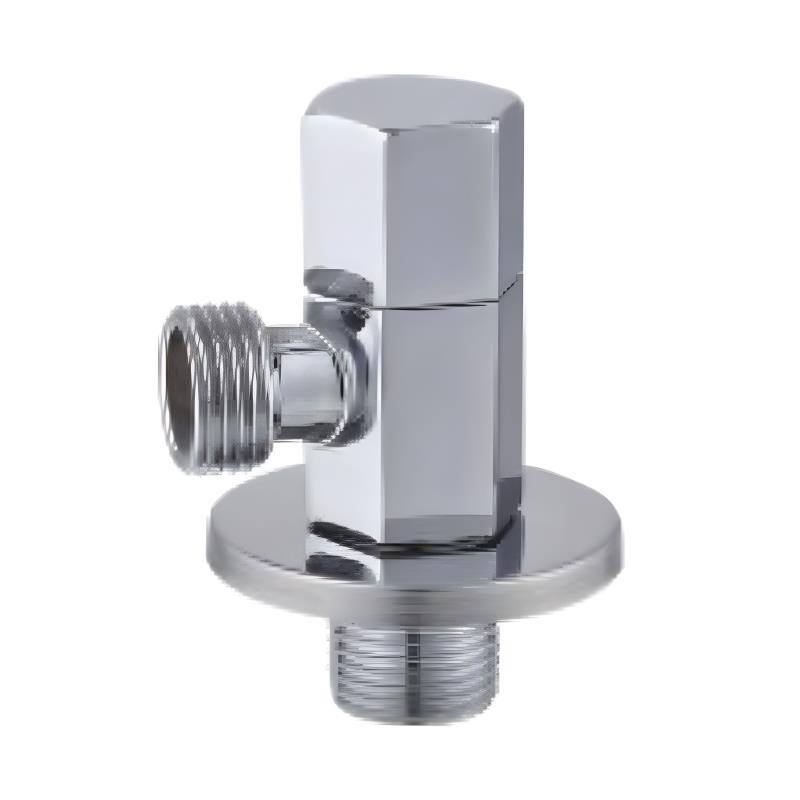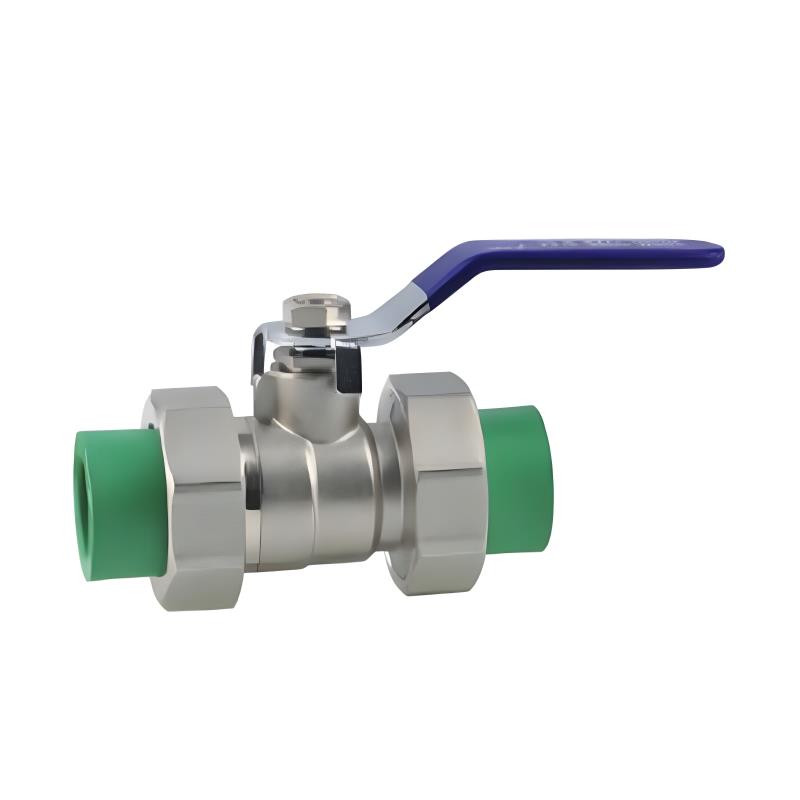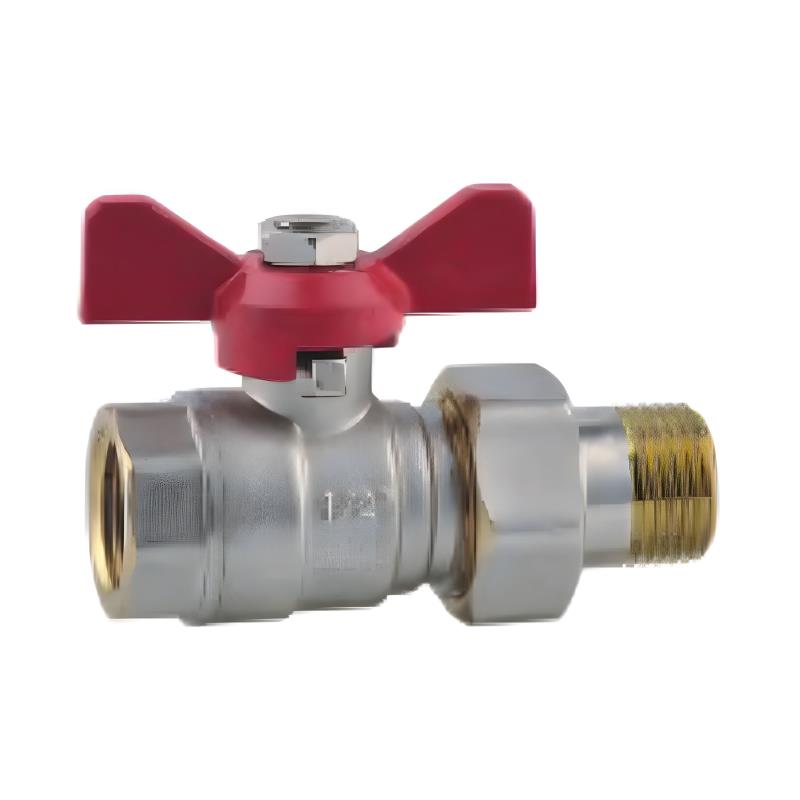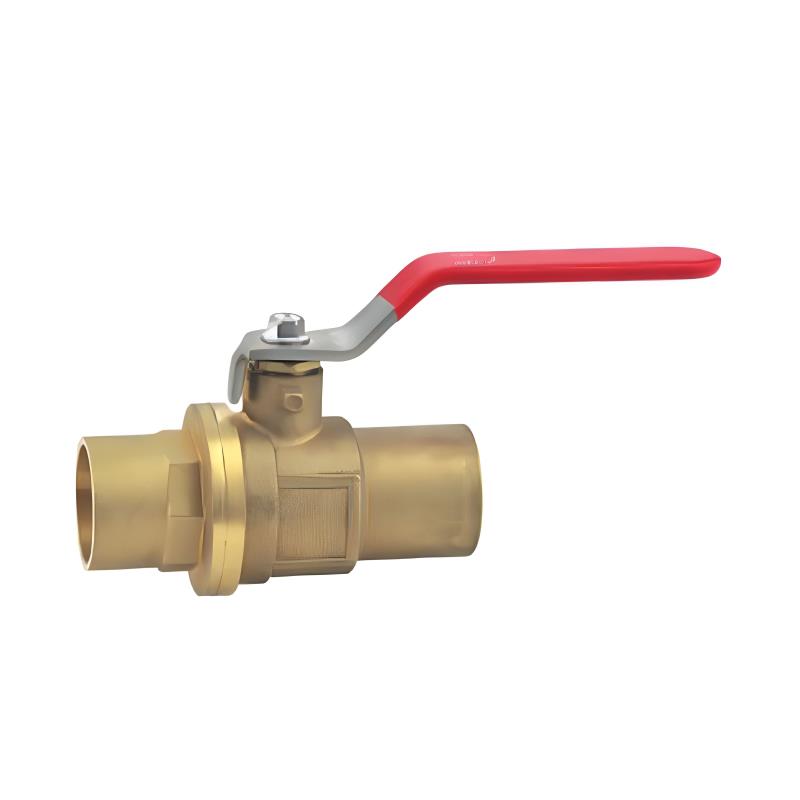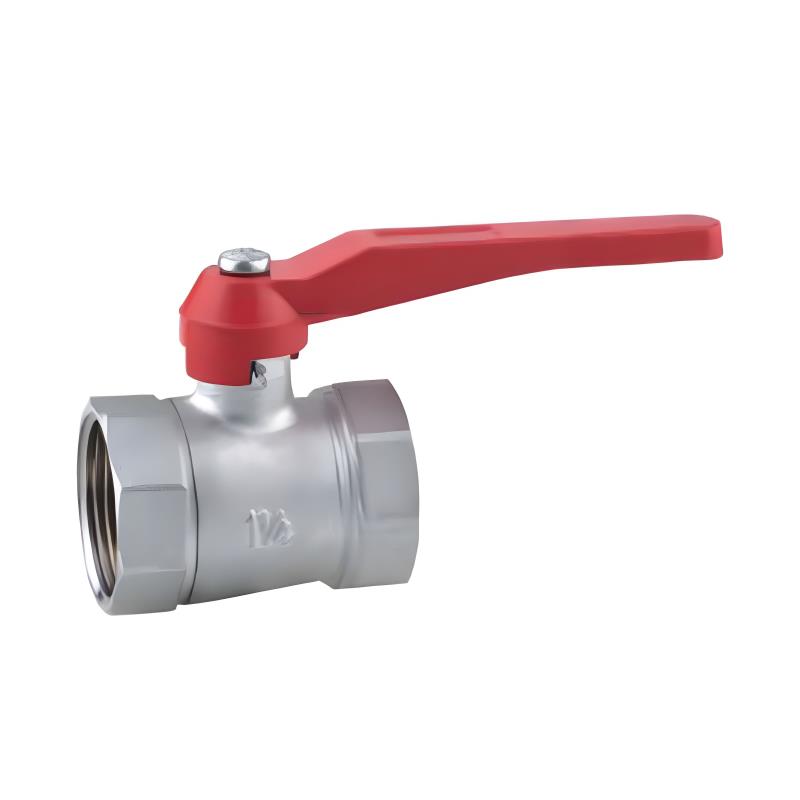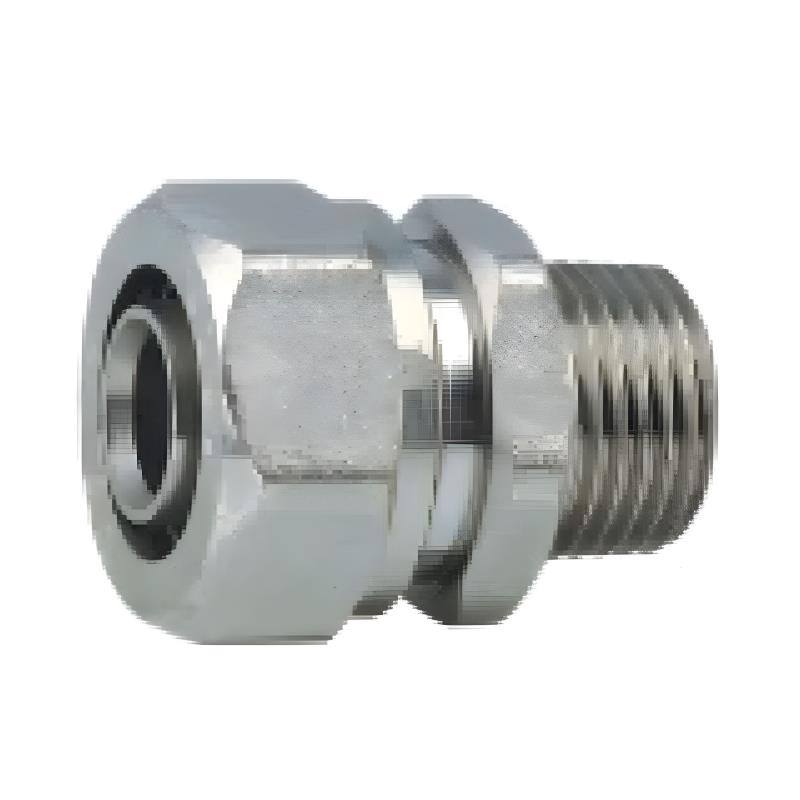Submit feedback
What is the difference between a ball valve and a bibcock valve?
Wholesale stainless steel bibcock valve in China
In the realm of plumbing and fluid control, two valves stand out for their distinct roles and applications: the ball valve and the bibcock valve. This comprehensive article aims to shed light on the differences between these two essential components, with a particular focus on the bibcock valve, a fixture commonly found in households and commercial settings.
The bibcock valve, a term derived from the Dutch word "bijkop," meaning "side tap," is a type of faucet valve that controls the flow of water from a water supply line. It is an integral part of many plumbing systems, providing a means to regulate water pressure and flow. Unlike the ball valve, which is often used in industrial settings for its ability to control the flow of various fluids, the bibcock valve is specifically designed for water and is found in sinks, bathtubs, and other water-using fixtures.
Bibcock valves are typically composed of a brass body with a stem that extends from the wall, ending in a threaded outlet for connecting hoses or other plumbing fixtures. The design of a bibcock valve allows for a simple quarter-turn operation to open or close the valve, providing a straightforward method for water control. This contrasts with the ball valve, which uses a spherical disk to control flow and is operated by a handle or lever that rotates the ball within the valve body.
The versatility of bibcock valves is evident in their widespread use. They are found in kitchens, bathrooms, and laundry rooms, where they serve as the primary means of controlling water flow to sinks and washing machines. In commercial settings, bibcock valves can be found in restaurants, hotels, and office buildings, where they are essential for maintaining water supply to various fixtures. The bibcock valve's design ensures that it can handle the demands of daily use while remaining easy to operate and maintain.
One of the key benefits of bibcock valves is their ease of maintenance. Over time, mineral deposits and other debris can accumulate within the valve, leading to reduced water flow. However, cleaning a bibcock valve is a simple process that can be performed by most homeowners. By removing the valve handle and disassembling the stem, one can clean the internal components and restore optimal water flow. This ease of maintenance is a significant advantage over ball valves, which may require specialized tools and expertise for repair.
While both bibcock valves and ball valves serve to control fluid flow, their applications and designs differ significantly. Ball valves are more commonly used in industrial settings, where they can handle a variety of fluids and pressures. They are also known for their ability to provide a tight seal, which is crucial in preventing leaks. Bibcock valves, on the other hand, are specifically designed for water and are found in domestic and commercial plumbing systems.
The advantages of bibcock valves are numerous. Their simple design and ease of use make them a popular choice for homeowners and plumbers alike. The ability to control water flow with a simple quarter-turn motion is both efficient and convenient. Additionally, the durability of bibcock valves means that they can withstand the test of time, providing reliable service for years to come.
Despite their many benefits, bibcock valves do present some challenges. One common issue is the potential for leaks, which can occur if the valve is not properly tightened or if the internal seals wear out over time. Regular maintenance and inspection can help to mitigate these issues, ensuring that bibcock valves continue to perform at their best.
In conclusion, the bibcock valve is a vital component of any plumbing system that requires water control. Its simplicity, durability, and ease of maintenance make it an ideal choice for both residential and commercial applications. Understanding the differences between bibcock valves and ball valves is crucial for selecting the right valve for any given application. As we continue to rely on these essential plumbing fixtures, the importance of bibcock valves in our daily lives cannot be overstated.
By focusing on the bibcock valve's design, function, applications, maintenance, and comparison to ball valves, this article has provided a comprehensive overview of this crucial plumbing component. With the bibcock valve playing a central role in controlling water flow in countless settings, its significance in the world of plumbing and fluid control is undeniable.
 +86-13989680588
+86-13989680588 graylin@hongjiavalve.com
graylin@hongjiavalve.com 
